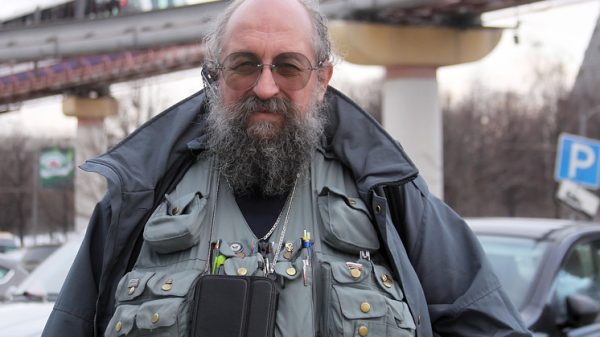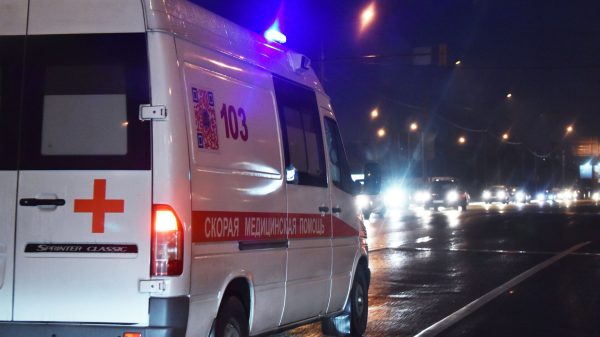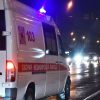
The percentage of people testing positive for coronavirus is falling across almost all of England, as well as in Northern Ireland and Scotland, as new figures reveal the impact of tighter restrictions on transmission.
According to the Office for National Statistics, which carries out weekly swab testing of randomly selected households and captures symptomatic and asymptomatic infections, about 1 in 105 people in the community in England had the coronavirus between 22 and 28 November, compared with about 1 in 85 the week before.
‘It’s a big conundrum’: Yorkshire couple’s house in different Covid tier to garden
Read more
In Scotland, the figure fell from 1 in 115 to 1 in 130, and in Northern Ireland from 1 in 145 to 1 in 190. In Wales, however, infection rates appear to have levelled off, with about 1 in 170 people thought to have had the virus in the most recent week.
The latest data shows infection rates falling in almost all regions of England, with the north-east the only area not to show a fall in that week, however prevalence remains high in the community in England, at an estimated 25,700 new cases per day.
“During the most recent week of the study, positivity rates vary substantially by region with the highest rates seen in Yorkshire and The Humber, the north-east and the north-west,” the ONS team write.
The data comes as the government on Friday reported a further 504 deaths in the UK within 28 days of a positive test: on Thursday the total figure surpassed 60,000. On Wednesday, England emerged from lockdown into a new tier system in which 99% of the population is under the top two tiers with tight restrictions on social gatherings and hospitality venues.
The ONS study also shows that despite positivity rate falling in all age groups in England, the rates remain highest in secondary school-age children.
Dr Simon Clarke, associate professor in cellular microbiology at the University of Reading, said the findings showed that we are a long way from “stamping out” the disease, adding that the figures also raise questions for those hoping to gather at Christmas.
“Creating ‘Christmas bubbles’ containing three households may be what the law allows you to do, but I would be thinking very carefully about mixing children with their grandparents in particular this Christmas, especially considering how many under-16s are still silently carrying the virus,” he said.
Vaccine expert tells ministers: ‘Stop boasting and get public onboard’
Read more
The latest findings come as the government revealed the R number for the UK and England is now 0.8-1, a figure that reflects the situation over the past few weeks. As with the ONS survey, there are regional differences, however: in London, for example, the figure stood at 0.9-1.1.
They also chime with other recent data, including the ongoing React-1 survey by Imperial College London which found a 30% drop in cases in the community in England when prevalence in mid-November was compared with the rate around the end of October and start of November.





















































Свежие комментарии